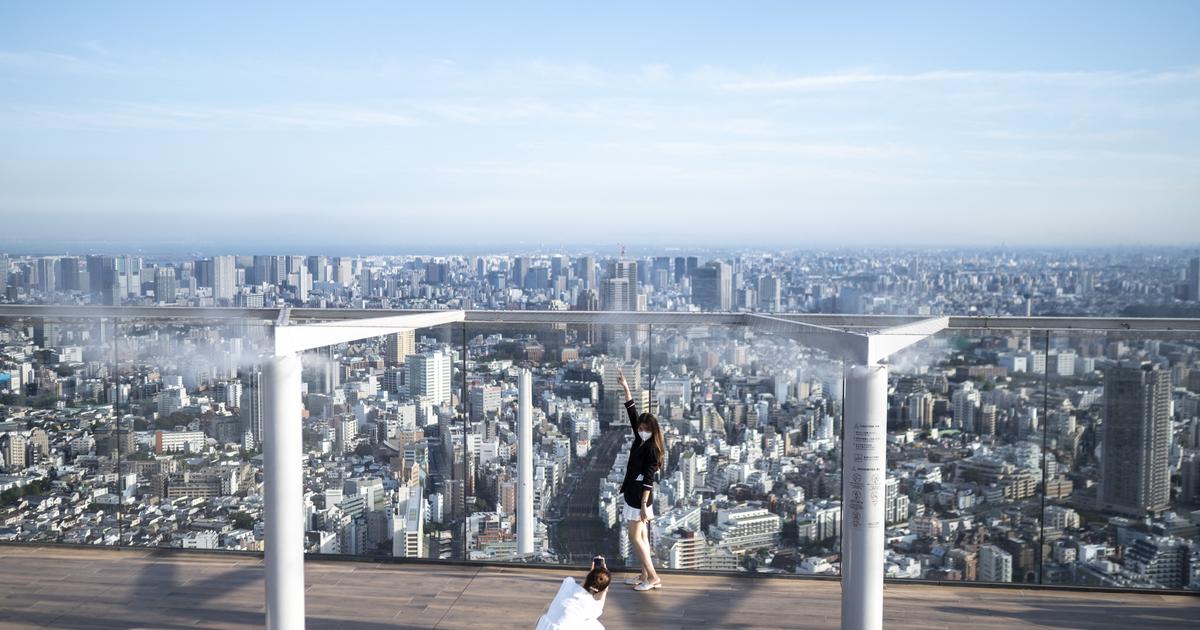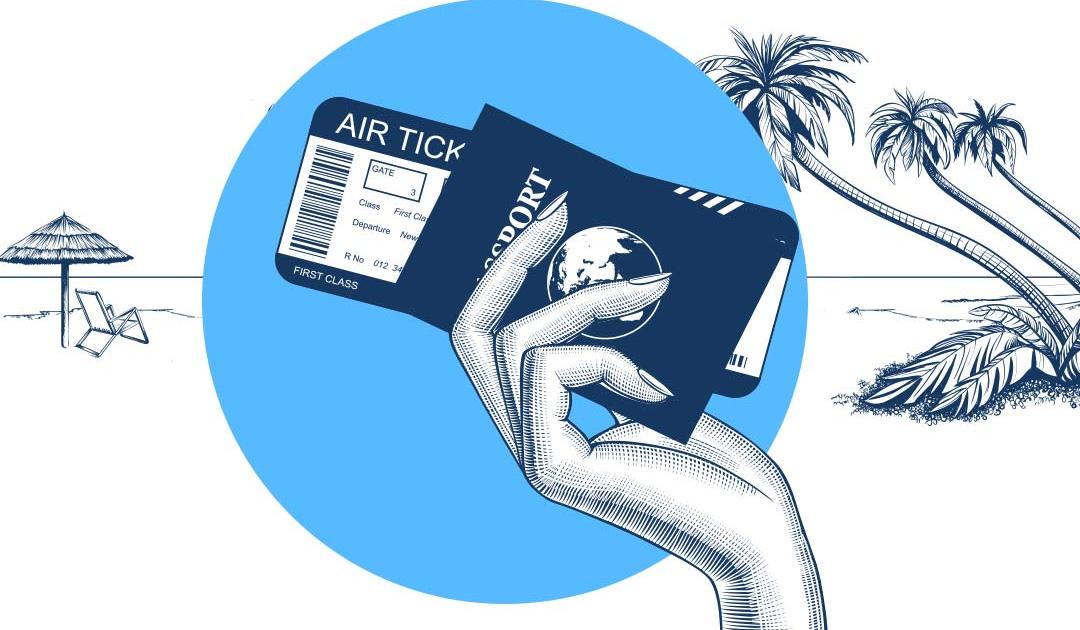The full reopening of the Japanese borders will not take place this summer.
Until the fall, or even December, foreign tourists will enter only in dribs and drabs and under close surveillance.
This is the line adopted by the government, revealed to
Le Figaro
by several local sources.
A "strategy" which once again dampens the hopes of a rapid reopening, in complete contradiction to the recent words of Prime Minister Fumio Kishida.
“In June, Japan will introduce a more flexible entry process, similar to that of other G7 members”
: when the leader of the country pronounced these words on May 5 in London on an official visit, many imagined that his country was preparing, like all the destinations in the region (except China and North Korea), to reopen its borders to tourists.
Even New Zealand is announcing a full reopening to travelers by July 4.
At least
they hoped for a relaxation of checks on arrival.
To discover
Trips to Japan: tailor-made tours, hotels and stays from our partners
Read alsoWhere can we travel?
Our map of open countries and restrictions for French tourists
Open until September to approved agencies
Contrary to these claims, the government has instead opted for a “Zero covid” strategy – but only for foreign tourists.
Until July, one or more groups of travelers will be admitted to the country, but monitored and supervised like laboratory rats.
Sign of the ambient
omotenashi
(hospitality): of the 47 prefectures, only fifteen have agreed to receive them.
“Before, it was 18…”
, laments a professional in the sector.
None of the main destinations (Tokyo, Osaka, Hokkaido, Okinawa…) volunteered.
The prefecture of Aïchi agrees - but not Nagoya, its capital!
If this in vitro
experiment
goes as planned, Japan will open its borders until September, but only to groups under the control of approved agencies.
The government plans to sign bilateral agreements per country to set up such a procedure.
For what purposes?
Mystery…September should finally see the return of individual travellers, with the end of the cap on the number of arrivals.
Back to normal ?
Not so fast!
It will be for December, the government has calculated.
“It reminds me of the reintroduction of the gray wolf in France”
, sums up, piquantly, a professional.
The government's strategy foresees the abolition of the test on arrival only in September.
This is however ardently desired in private by all parties, from the Ministry of Transport to private companies.
“We have been explaining to them for months that they have to do like South Korea, which is carrying out these tests in the city, which has decluttered their airports”, gets carried away by the executive of an airline company.
Why this closure?
Authorities and population remain convinced that foreigners are carriers of the virus and represent a distinct risk from the Japanese.
They can freely enter, leave and circulate in Japan.
The cost of this isolationism is benign: in 2020, a study by Société Générale estimated the spending of foreign tourists in the Archipelago at 0.9% of GDP.
Thierry Maincent, managing director of the
Japan Experience
agency , clarifies this picture:
“The desire for Japan has never been so strong since the start of the pandemic.
Given the restrictions still in place, the government will need a few months to loosen the noose and convince the still reluctant half of the Japanese population that foreign travelers are an asset for the country's future
.














